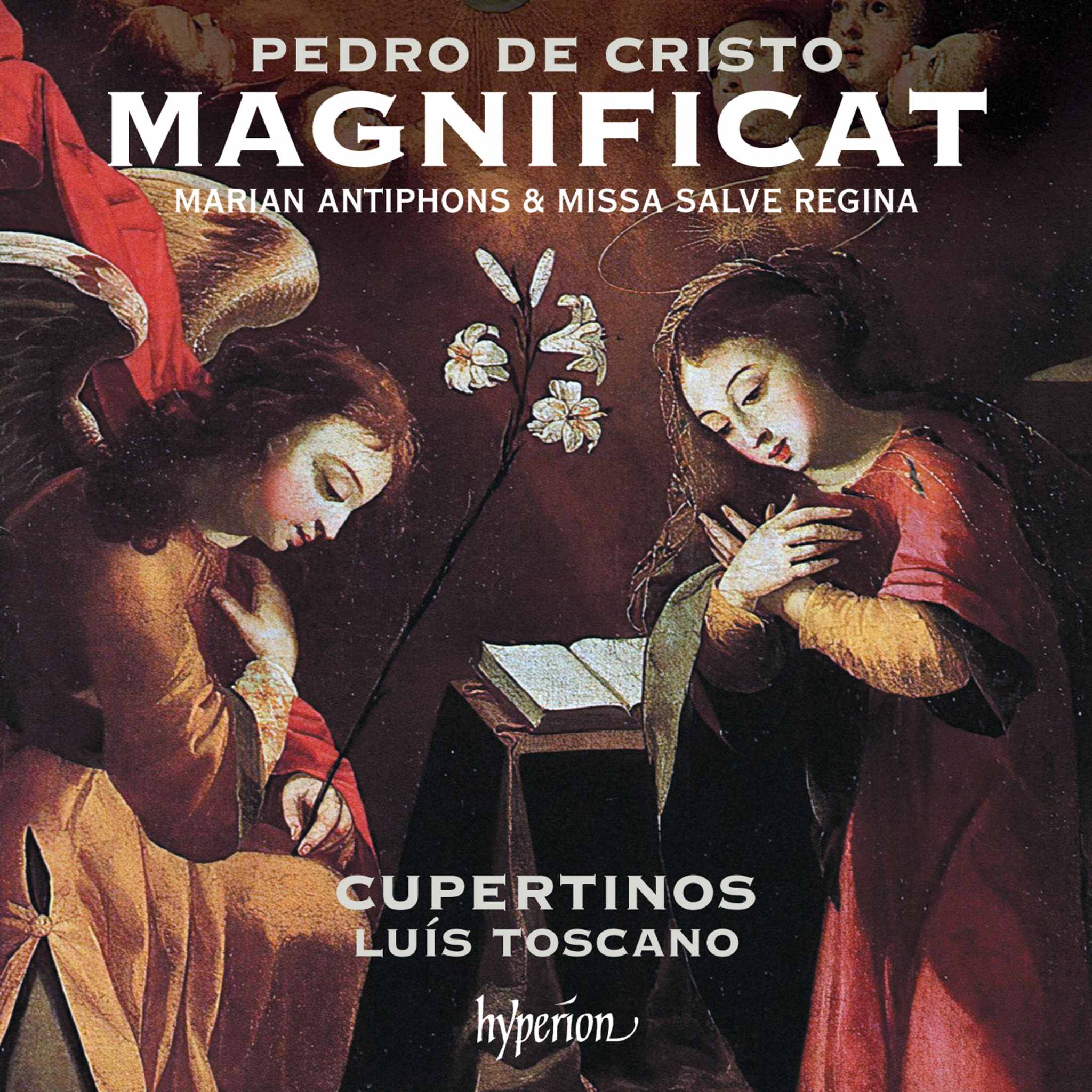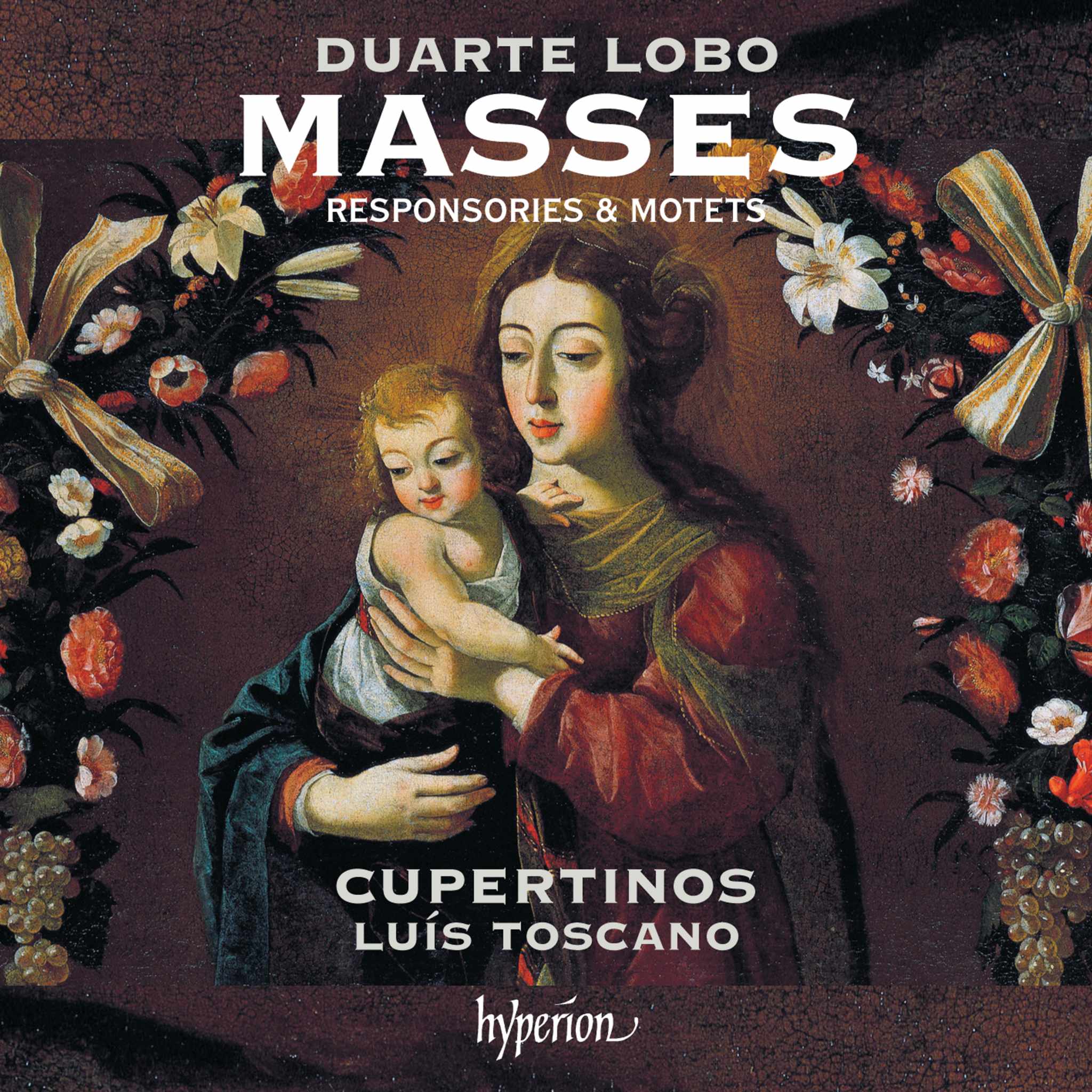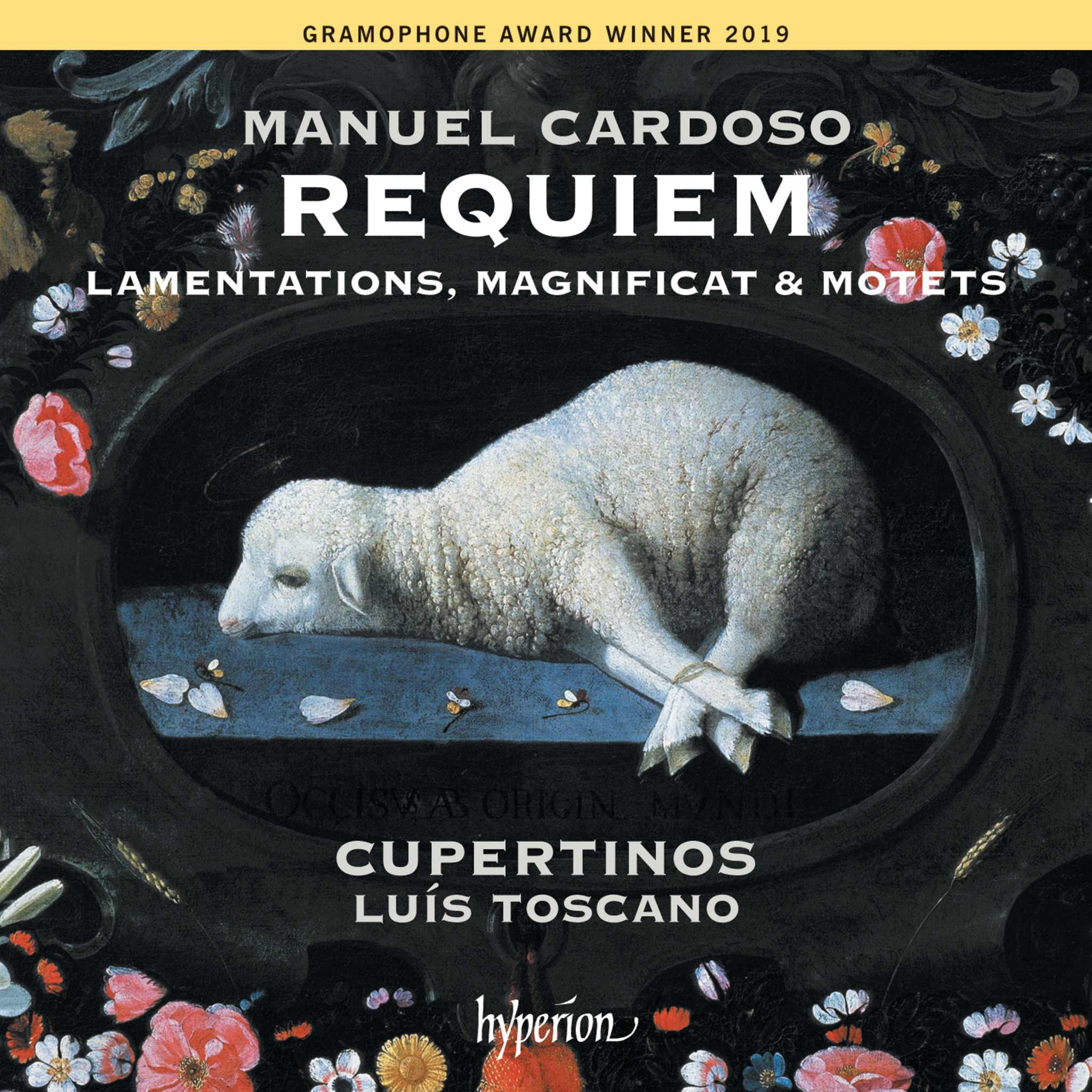Album insights
The 18th century marked the emergence of virtuoso travelers, with Italian violinists leading the way. They sacrificed stability at Italian courts for fame and fortune in major Northern European cities like Paris, London, and St. Petersburg. This lifestyle brought financial risks and reliance on patronage, political changes, as seen with Viotti who fled Paris during the 1790s unrest.
Giovanni Battista Viotti thrived during this era with a remarkable Paris debut in 1782, praised for both technical prowess and expressive playing, influencing a generation of violinists. Viotti's style contrasted with the decorative Rococo, leading a shift towards more intense musical expression. Changes in violin construction, notably bow improvements by François Tourte, also played a significant role.
Viotti's Parisian decade was a pivotal era for violin playing. His departure from public concerts in 1784 led him to serve Marie Antoinette in Versailles before successfully organizing operas. Viotti composed numerous violin concertos, with Concerto No. 13 likely written for Versailles and Concerto No. 22 praised by Brahms. Another figure, Federigo Fiorillo, known for prolific violin compositions, mirrored Viotti's trajectory with extensive travels and a settling in London.
Revealingly, the survival of violin concertos from this period is fortuitous given the prevalent practice of virtuosos guarding their compositions. Despite noble amateurs facing technically challenging concertos, the rise of music publishing aided their dissemination. Parisian publishers particularly excelled in promoting virtuoso concertos alongside other musical genres for wider audiences.
Both Viotti and Fiorillo captivated listeners with their virtuosic displays, blending expressive elements with melodic charm. Fiorillo's intricate solos soared on the E-string, while Viotti's artistry shone through a nuanced use of strings, notably the E and G strings, highlighting rich timbres. Viotti departed from standard structures, imbuing his compositions with a noble cantabile style and showcasing Tourte bow's warm tonality.
The era's slow movements oscillated between graceful French romances and deeply expressive cantilenas. Fiorillo's Larghetto resonated with Mozart's essence, while Viotti expanded traditional templates with an emphasis on Cantabile, mirroring Tourte bow's qualities. Finales predominantly featured recurring rondo themes rich in rhythmic variations and melodic dialogues.
In conclusion, Viotti's preference for spirited polonaise-like rondos influenced a new trend in final movements, deviating from the standard polonaise format. Fiorillo's engaging rondo featured horn dialogues and brilliant passages, culminating in a complex blend of melodic and rhythmic elements. Both Viotti and Fiorillo left enduring legacies, inspiring future generations of violinists with their innovative compositions and virtuosic performances.




